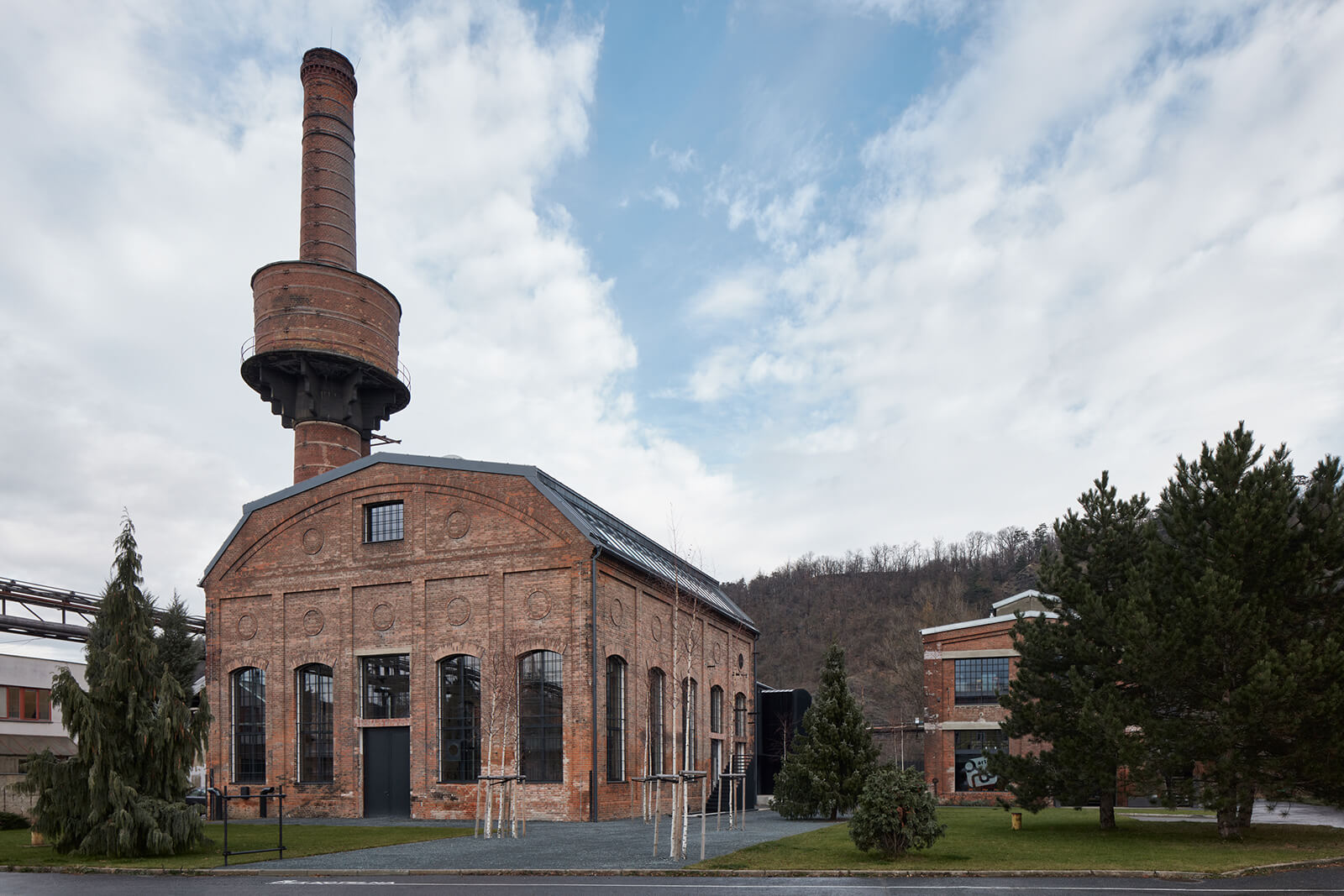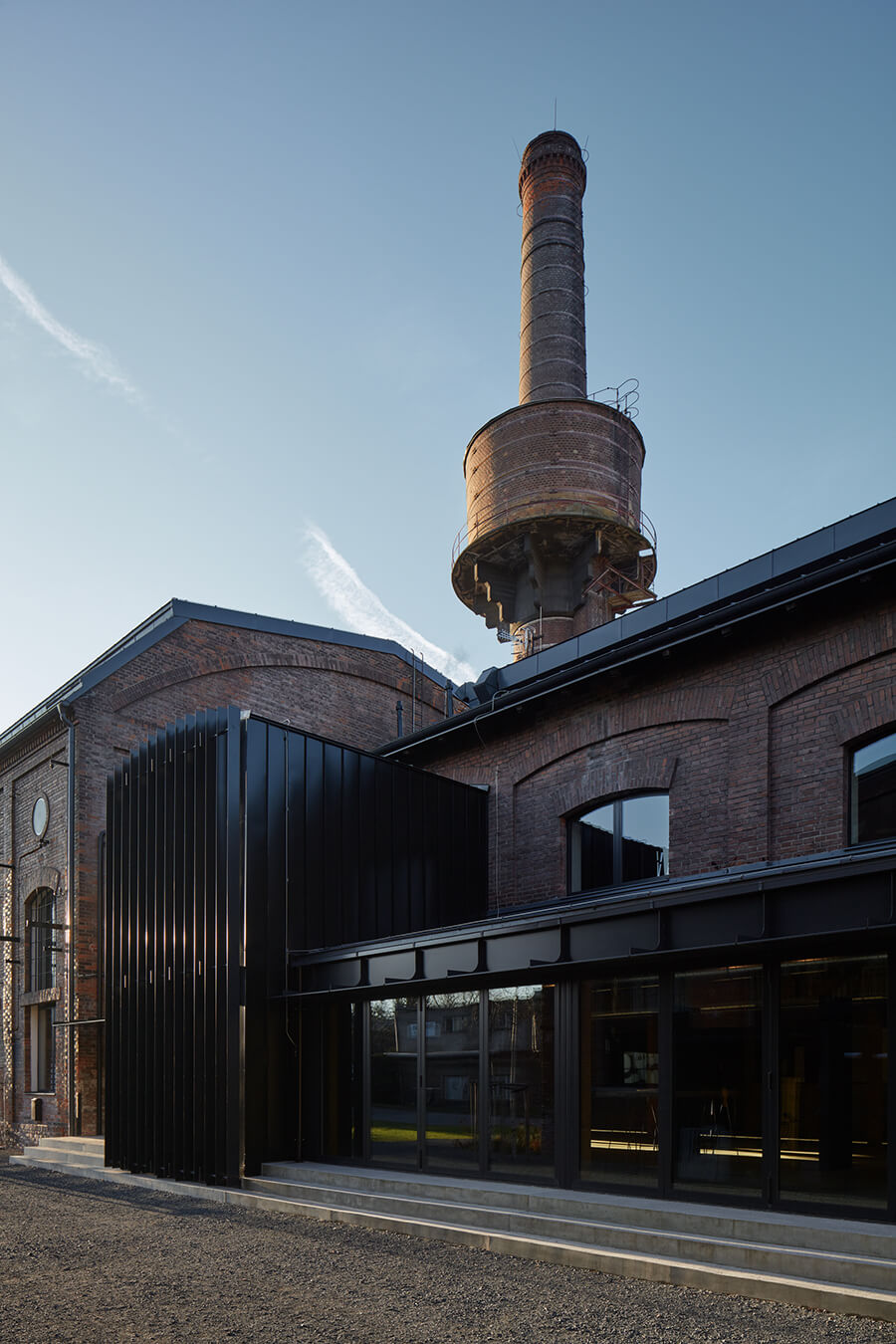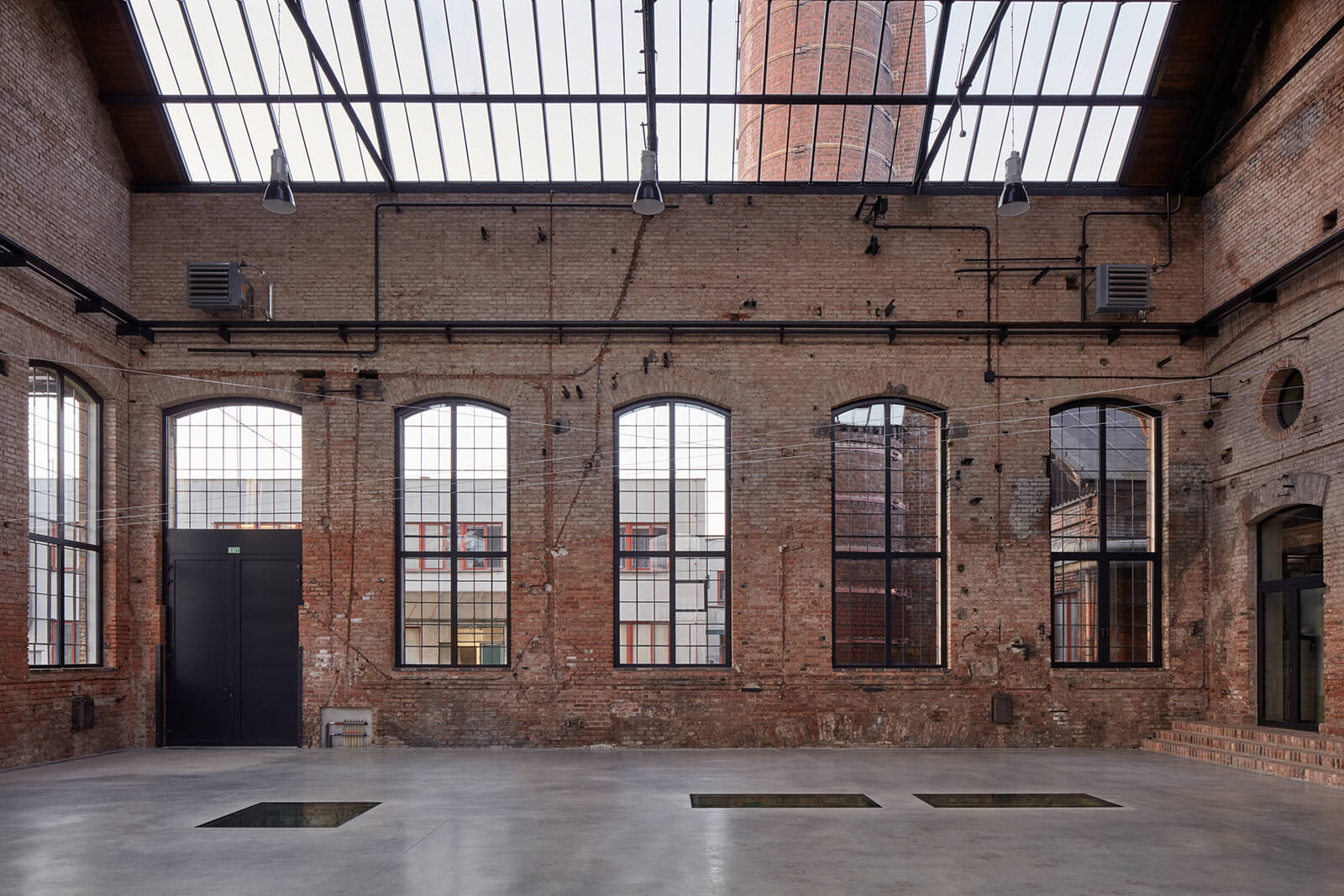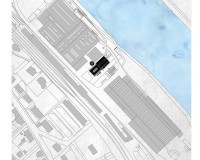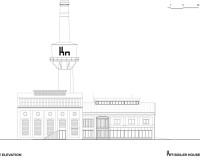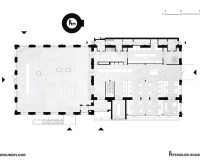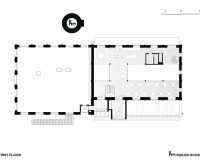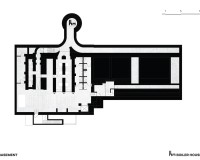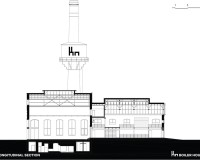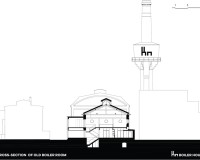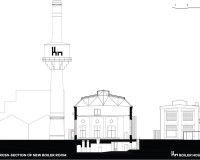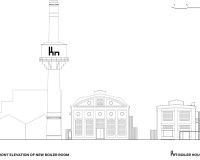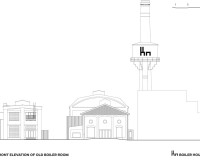Boiler house Libčice nad Vltavou / Patrik Hoffman
Boiler house Libčice nad Vltavou / Patrik Hoffman
History
The Brownfield (Drátovny a Šroubárny n.p. industrial estate) was established in 1872 by the PragueAssociation of Ironworks near the Prague – Dresden railway line by the Vltava river. It significantlyinfluenced the development of the nearby municipalities and has left a considerable mark on thislocality, giving it a unique character and ambience. In the past, more than 1600 people lived andworked here; nowadays it is less than a hundred, even though there is almost everything here: housing, railway, technical infrastructure, river, grown trees and, first andforemost, genius loci.
Description
The boiler house stands next to the already renovated Coal-Grinding Mill to which it was connected for operational reasons. It represents another important project of the graduał regeneration of the entire estate. The buildings in question are among the oldest parts of the estate and help to create its genius loci. That is why we made the decision totreat the project with respect and consideration,to preserve thebuildings and avoid any significant changes, even though it is no longer possible to give them back their original functions. Our objective was to finda new use for tchem and, at the same time, preserve the quality of the existing architecture and urbanism and honour the fact that we are in the middle of an industrial estate with a near 150-year tradition.
The project concerns two, interconnected buildings. The construction of the older northern part of the boiler house with wooden trusses dates back to around 1880. In 1921, following an increase in production, a newer boiler house with basement and metal roof framework was added to it. In the same year a water tank was build onto the chimney which works to this day. After 1991 the buildings were used as a warehouse and a garage for electric platform trucks. In 2002 they stopped being used altogether and fell into disrepair.
We did not make any substantial changes to the spatial arrangement and urbanism of the place. There was landscaping carried out, part of which were the newly built paved roads followed by planting trees and lawns. Between the Coal-Grinding Mill and the Boiler House a pedestrianstreet was built leading from the main estate road towards the river.
Our objective was to preserve the building, rid it of all unsuitable alterations carried out in the past and give it back its original industrial character so that its historic function remains visible even after the renovation. We also wanted to streamline the layout and adapt the building to serve its new function. The basic shape of the house, its tectonics and volume remained largely unchanged. The brick cladding wasrestored using original bricks.
Purpose
The architectural design, the layout and the technical solution were created with regard to the required flexibility of use, a long-term sustainability of the building, and also with a view to the fact that the estate was hit by a flood in 2002. At the very beginning, we defined the future use of the building as multifunctional showroom for cultural, corporate and social events with an ambition to become the heart of the future arts & culture district existing in a symbiotic relationship with traditional crafts and technological innovations.
Extra Info
| Architect: | HARQUITECTES (David Lorente, Josep Ricart, Xavier Ros, Roger Tudó) |
| Co-authors: | Ing.arch. Simona Benatska |
| In collaboration with: | MgA. Matyaš Švejdik , Ing.arch. Rudolf Pastor, Ing.arch. Tomaš Havliček |
| Client: | Pelupro s.r.o. |
| Web: | www.kotelnalibcice.cz |
| Building site area: | 1696 m² |
| Built-up area: | 886 m² |
| Net internal area: | 1391,83 m² |
| Gross internal area: | 1688 m² |
| Gross building volume: | 10,112 m3 |
| Construction details: | Atelier Hoffman and M3M s.r.o. |
| Architectural design and construction: | Ing. Ivan Piša |




